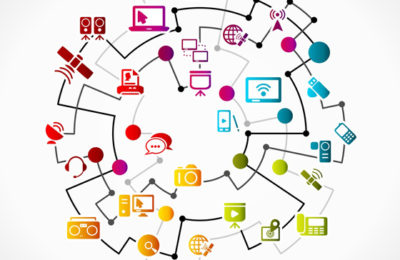The Technology Behind a Flipped Classroom

The traditional method of teaching and learning at colleges and universities has long been the lecture. And there?s nothing inherently wrong with the lecture format. Students come to class to listen and take notes on the lecture given by a professor. But the lecture hall format has come under fire in recent years because of the lack of student and professor interaction. While the lecture remains a great way for a professor to provide students with a wealth of information in a relatively short time, an increasing amount of college faculty are trying what?s known as a flipped classroom.
In a flipped classroom, students are required to watch lecture videos and use online forums outside of the classroom, and then come to class ready to engage in more advanced topics and project-based learning. Flipped classrooms have been gaining traction lately, in part because professors report that they see an increase in student engagement and student learning. It makes sense if you think about it. Students are expected to learn the basics on their own, using their own devices and technology. Then they come to class to discuss what they?ve learned and handle problems that may have arisen.
In theory, a flipped classroom engages the students in a way that a packed lecture hall just doesn?t allow. However, as with all education techniques, there have been speed bumps for faculty to overcome. Too much emphasis on the work outside of class gives students little reason to come to class, especially if they don?t encounter problems. Faculty have to design a new curriculum that encourages both sides of the work?coming to class and work at home. Another problem is that most high schools simply don?t use the flipped classroom technique, and students come to college lacking the skills and self-discipline required to complete the work assigned outside the classroom.
But why is the flipped classroom seeing so much of a surge in recent years? The answer is that the technology at colleges and universities has become incredibly user friendly. Combined with incoming students? familiarity with high-tech devices, this means professors can assign video lectures and other online work knowing that their students will be able to access and learn from them without problems. Today?s students are comfortable sitting on their couch and accessing the same information that used to only come from attendance at a lecture hall. This means the classroom experience needs to change, as well. If students can access a lecture on their laptop, then there needs to be something new and engaging awaiting them in the classroom.
New software and applications provide faculty with increasingly innovative ways of reaching their students with the information they need to succeed in the classroom. At N2N, we understand that the need for applications and systems on a college campus is always growing and evolving. That?s why we?ve designed the?Illuminate platform to be the revolutionary system and application integration tool that your college needs. Contact N2N Services today for more information.


